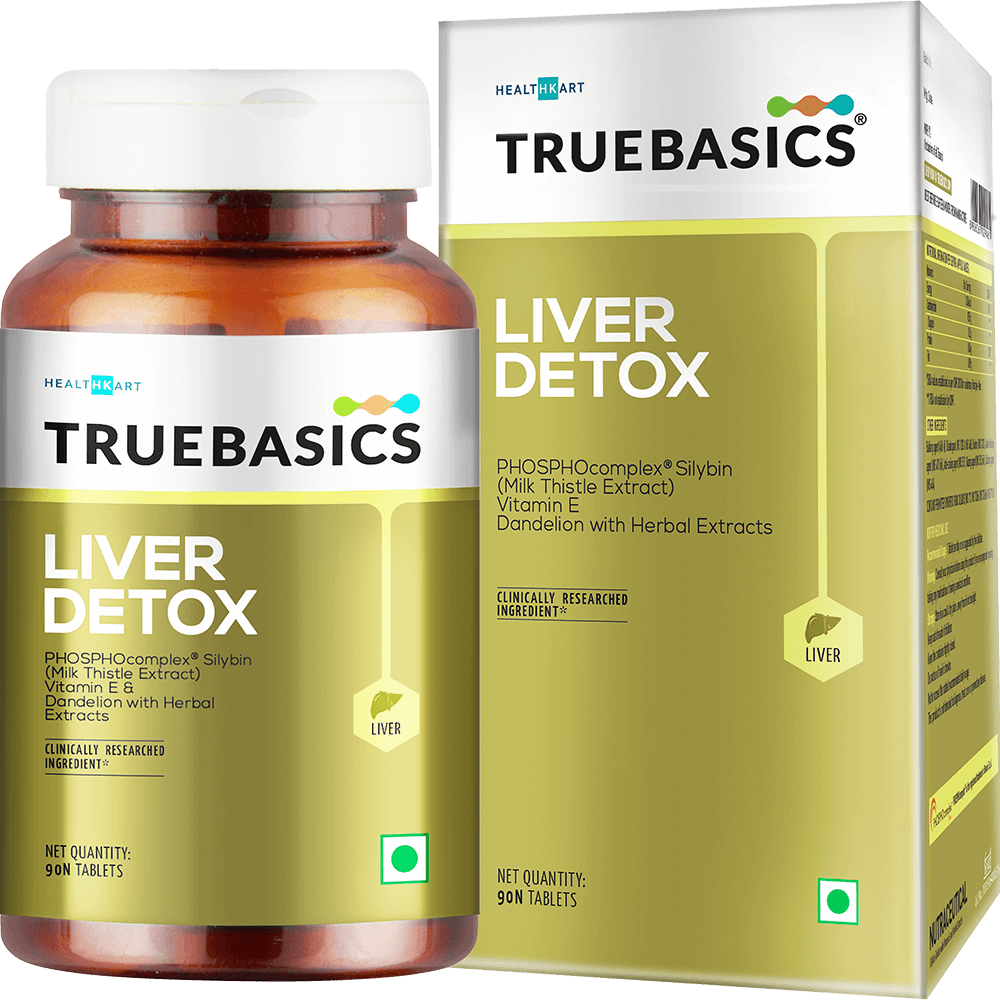Gynecomastia Surgery – What Are the Precautions After Procedure?

Have you gone with Gynecomastia Surgery in recent times? Yes! Then you need to follow certain precautions at priority after the procedure. Breast reduction surgery among males is, however, safe but needs to be taken care of within a certain period.
As you know, gynecomastia is an abnormal condition among men which develops breast tissues. This occurs because of various reasons like hormonal imbalances, genetic heredity and obesity. Of course, it’s a case of embarrassment and makes men feel uncomfortable.
Typically, it’s a stage in puberty that lasts for weeks or months, but poor diet, laziness in routine and lack of physical exercise can cause gynecomastia. Read the blog more if you have gone through Male Breast Reduction surgery.
Some Post Gynecomastia Surgery Changes:
1. Scars: The several incisions around the breast can be later visible and looks like scars. If you have the best Gynecomastia Surgeon, then you won’t be experiencing many incision scars. You can later go with laser-based scar treatment if you don’t want any appeared scar tissues or bumpy incision marks.
2. Bruising and Swelling: That’s very common to have bruises and swelling around the breast. It is easy and noticeable after 2-3 days of surgery. Moreover can be painful from individual to individual. It cures as the days pass, and the body heals naturally afterwards. You might see shades of purple, black, blue, and red on the skin around the breast, which can even cause difficulty during sleep.
3. Experience No Sensation: You might feel no sensation or loss of sensation around the wounded area for a month or two. This is temporary but needs to care a lot. If for longer you have no sensation, then consult your surgeon or doctor.
4. Size of Areola: The removal of glandular tissues from their actual size after gynecomastia surgery is common. This shrinking of the areola causes no harm but gives a different look, and that’s okay.
The Post Care and Precautions After Gynecomastia Surgery:
Quick recovery after the surgery is all you need. So be careful with your diet and wound healing. However, follow certain precautions as follows:
1. Wound Care: Doctors guide you best to care for the wound after the surgical process. Still, the basic care tips are as below;
- Wash your hands properly before touching and cleaning the wound. Do it afterwards, too.
- Clean the drainage from the wound carefully with the guage provided.
- Ensure the wound area is dry and clean until the stitches dissolve completely.
- Don’t wear synthetic and irritating clothes; wear loose and comfortable cotton ones.
- Apply surgical glue or medications as directed by the doctor/surgeon.
- Dressing of wound regularly or as directed by a gynecomastia surgeon is a must.
2. Healthy Diet: There is a lot of blood loss and bruises after the gynecomastia surgical process, thus needing internal healing. Therefore, a healthy diet is good in the recovery phase after surgery. Doctors do prescribe a liquid diet in the beginning and later can follow with semi-liquid food, including yoghurt, pudding, milk, broth, soups, juices and more. Patients can go with solid meals rich in fibre, minerals, and vitamins as the period pass. You can avoid taking meat products, corn, capsicum, cabbage, broccoli etc., for some time.
3. Use Compression Garment: In the first 24 hours, you need to wear a compression garment, as recommended. It will minimize the pain and swelling. Meanwhile, adjust it every 2 hours, as it should not be too tight. There will be drainage from the area or wound, so make sure it should not get hurt.
You can use healing pads to absorb the drainage. This is a weekly, daily process to care for your wound; then, you can reduce the wearing of compression garments to 18 hours or less. Get the one which is reusable and washable.
4. Tissue Massage: For weeks the wound can pain, so at least after three weeks of surgery, massage the chest. It will help you heal easily and faster as the skin remains soft and malleable, so do it carefully. You can massage it several times a day for 20 minutes or more for eight weeks daily.
This is good to get scar tissue to soften and have smoother skin. Deep and gentle massage with a finger or massage roller is recommended. Hey! Don’t miss to consult your surgeon or doctor before doing it or using any lubricant for massage.
5. Preferable Taking Bath or Shower: You are not allowed to get your chest wet or take a shower in the initial 24 hours as it will be fully bandaged. This can create more chances of getting the infection.
Once the bandage is removed or dressing is required, take a cool shower carefully. You can go with a sponge bath, as don’t run water on the breast or surgical body area. Follow this strictly for a couple of weeks.
6. Pain Relief Tips: Few recommended medications by the doctor to treat mild pain or inflammation is good. If pain is bearable, do distract yourself with activities like playing games while resting, reading a book, watching a movie, listening to music etc. Use good quality cushions and pillows to rest yourself for faster recovery.
The Bottom Line:
Most people believe Male Breast Reduction is a waste of money and not an exemplary process for contouring the chest. But that’s entirely a myth. In India, Gynecomastia Surgery is still not popular, but with time this cosmetic process will be a trend.
When it’s about post and pre-care, there are many things one must keep in mind. The above after-procedure precautions are a must and should be followed as suggested by the surgeon. The Gynecomastia Surgery Cost in India varies for multiple reasons like the technique used, experienced surgeon, type of breast reduction area to be treated and more.
Whatever the case, before you pick the Best Gynecomastia Surgeon, explore for its professionalism. Have a clear consultancy on your requirement and budget; don’t miss sharing your medication history.




